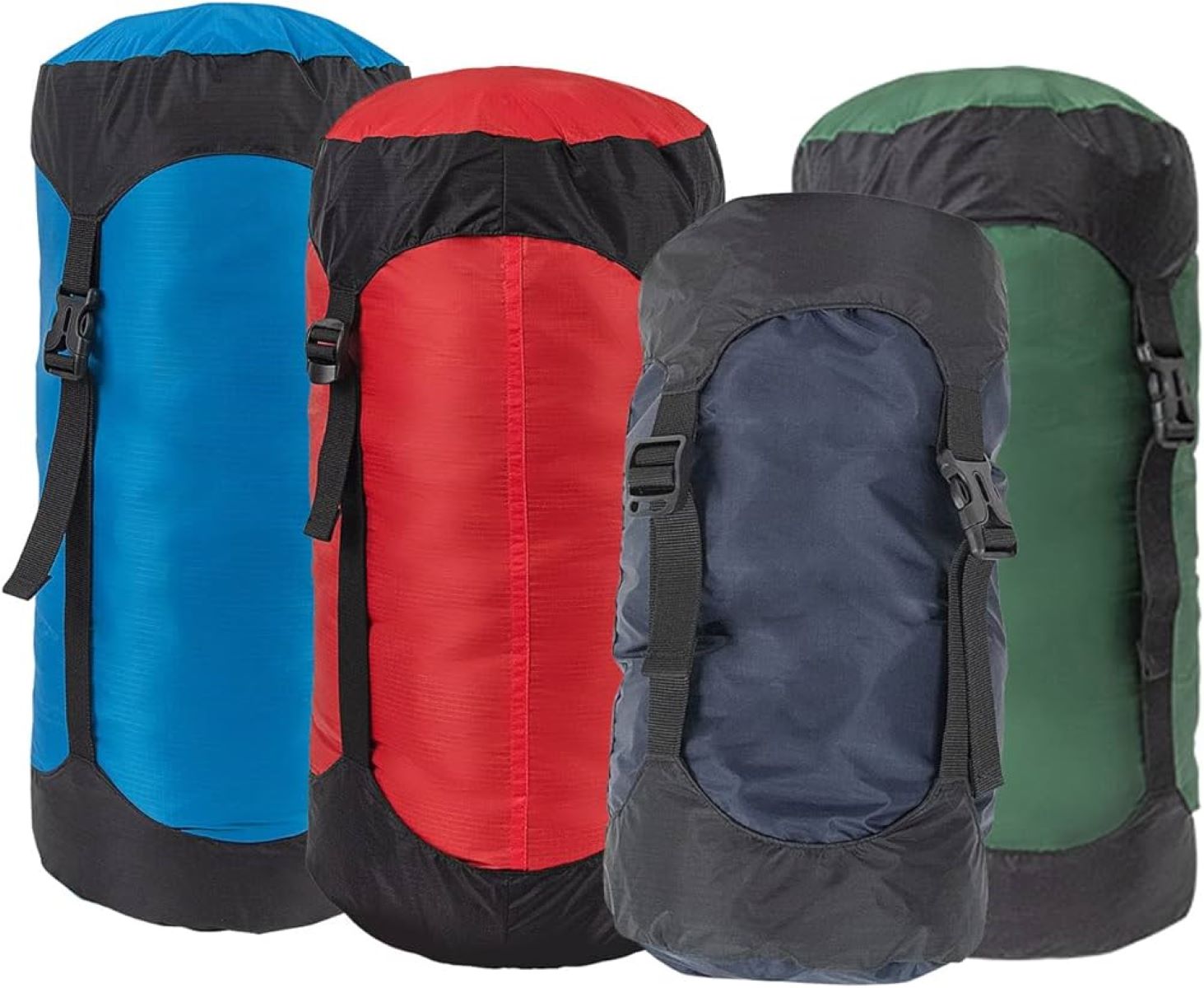

Articles
How To Store Sleeping Bags In Garage
Modified: April 22, 2024
Learn the best way to store your sleeping bags in the garage with these helpful articles. Keep your gear organized and protected for your next outdoor adventure.
(Many of the links in this article redirect to a specific reviewed product. Your purchase of these products through affiliate links helps to generate commission for Storables.com, at no extra cost. Learn more)
Introduction
When it comes to outdoor adventures, a good sleeping bag is an essential piece of equipment. Whether you’re a dedicated camper, hiker, or just enjoy spending time in nature, a high-quality sleeping bag can make all the difference in ensuring a comfortable night’s sleep. However, when the camping season comes to an end or you’re taking a break from your outdoor adventures, properly storing your sleeping bag becomes crucial.
Storing your sleeping bag in the garage is a popular choice for many outdoor enthusiasts. The garage provides a safe and accessible space to keep your gear organized and protected from the elements. However, it’s important to ensure that your sleeping bag is stored correctly to maintain its quality and extend its lifespan.
In this article, we’ll discuss the best practices for storing sleeping bags in the garage. We’ll cover everything from preparing the sleeping bag for storage to choosing the right storage bag or container. We’ll also provide tips on cleaning the sleeping bag before storage and techniques for folding and rolling it for compact storage. Additionally, we’ll highlight common storage mistakes to avoid and give you some dos and don’ts for storing your sleeping bag in the garage.
By following these guidelines, you’ll be able to keep your sleeping bag in excellent condition, ready for your next adventure, whenever that may be.
Key Takeaways:
- Properly storing your sleeping bag in the garage ensures protection from the elements, convenient accessibility, and pest prevention, maintaining its quality for many outdoor adventures to come.
- By following best practices for cleaning, folding, and storing your sleeping bag, you can extend its lifespan, maintain its quality, and be ready for comfortable nights under the stars.
Read more: How To Store Sleeping Bags
Why Store Sleeping Bags in the Garage
Storing your sleeping bag in the garage offers several advantages. Let’s take a closer look at why the garage can be an ideal location for storing your sleeping bag.
Protection from the Elements: The garage provides a sheltered environment that protects your sleeping bag from exposure to the elements. It shields your bag from direct sunlight, rain, dust, and other outdoor pollutants that can potentially damage the fabric and insulation. This protection is especially important for down sleeping bags, as moisture can compromise their loft and insulation properties.
Convenient Accessibility: Keeping your sleeping bag in the garage ensures easy access whenever you need it. Instead of rummaging through your closet or basement, you can simply head to the garage and retrieve your sleeping bag without any hassle. This convenience is particularly useful if you frequently embark on spontaneous outdoor adventures or last-minute camping trips.
Space Optimization: Garages are often spacious, allowing you to store your sleeping bag alongside other camping gear and equipment. By dedicating a specific section or storage container for your sleeping bag, you can keep your gear neatly organized and easily accessible. This decluttered approach prevents your sleeping bag from getting tangled with other items, minimizing the risk of damage during storage or retrieval.
Pest Protection: Keeping your sleeping bag in the garage can provide an added layer of protection against pests such as rodents and insects. Unlike attics or basements, garages are typically more secure and less prone to infestations. However, it’s still important to take precautions to ensure that pests cannot access your sleeping bag. We’ll discuss some dos and don’ts for pest prevention later in this article.
Separation from Household Odors: Storing your sleeping bag in the garage helps to separate it from household odors. Garages often have less exposure to cooking smells, perfumes, and other strong scents that can linger around your home. This separation can prevent your sleeping bag from absorbing unwanted odors and ensure that it remains fresh when you’re ready to use it again.
Storing your sleeping bag in the garage offers a multitude of benefits, including protection from the elements, convenient accessibility, space optimization, pest protection, and separation from household odors. With these advantages in mind, let’s now explore the steps you need to take to prepare your sleeping bag for storage.
Preparing the Sleeping Bag for Storage
Before storing your sleeping bag in the garage, it’s important to properly prepare it to ensure its longevity and performance. Follow these steps to get your sleeping bag ready for storage:
Inspect for Damage: Start by carefully inspecting your sleeping bag for any visible signs of damage or wear. Check for tears, rips, or loose stitching. If you notice any issues, make sure to repair them before storing the sleeping bag to prevent further damage during storage or when you use it next.
Clean the Sleeping Bag: Cleaning your sleeping bag before storage is crucial to remove any dirt, debris, or body oils that may have accumulated over time. The cleaning method will depend on the type of sleeping bag you have. Most sleeping bags can be machine washed following the manufacturer’s instructions. For down sleeping bags, use a gentle down-specific detergent, and for synthetic sleeping bags, opt for a mild, non-detergent soap.
Dry Thoroughly: After washing, ensure that the sleeping bag is completely dry before storing it. Moisture can lead to the growth of mold and mildew, which can damage the fabric and insulation. Tumble dry your sleeping bag on low heat or lay it flat to air dry, ensuring that it is evenly spread out to promote maximum airflow.
Loosen the Fill: If you have a down sleeping bag, after it has dried, gently fluff and shake it to redistribute the down filling. This helps to maintain its loft and insulation properties. Synthetic sleeping bags can also benefit from a shake to loosen the synthetic fibers.
Unzip and Open Up: Unzip your sleeping bag and fully open it up. This allows air to circulate and prevents the compression of insulation for extended periods, which can affect its loft and warmth. Leave the sleeping bag unzipped and spread out for a few hours to ensure proper ventilation.
Avoid Compression: During storage, it’s important to avoid compressing your sleeping bag for extended periods. Continuous compression can cause the insulation to lose its loft and effectiveness. To prevent this, store your sleeping bag in a loose or partially compressed state, either in a storage bag specifically designed for sleeping bags or a breathable cotton or mesh sack that allows for airflow.
Avoid Extreme Temperatures: If possible, store your sleeping bag in a temperature-controlled environment. Extreme heat or cold can affect the fabric and insulation, potentially compromising their performance. Avoid storing your sleeping bag near radiators, vents, or other sources of direct heat or cold.
By following these preparation steps, you’ll ensure that your sleeping bag is clean, dry, and properly ventilated before storing it in the garage. In the next section, we’ll discuss the best storage options for keeping your sleeping bag protected and compact.
Choosing the Right Storage Bag or Container
Choosing the right storage bag or container for your sleeping bag is essential to keep it protected from dust, moisture, and potential damage. Here are some factors to consider when selecting the appropriate storage solution:
Breathability: It is crucial to choose a storage bag or container that allows for proper airflow. Avoid airtight bags or containers, as they can trap moisture and lead to the growth of mold or mildew. Look for breathable options made of cotton or mesh materials that will allow the sleeping bag to breathe while keeping it protected.
Size: Select a storage bag or container that accommodates the size of your sleeping bag without excessive compression. An oversized bag will leave too much extra space, which can lead to creasing and potential damage. On the other hand, a bag that is too small will excessively compress the sleeping bag, reducing its insulation properties over time. The ideal storage bag should loosely contain the sleeping bag without putting too much pressure on it.
Durability: Opt for a storage bag or container that is durable and can withstand regular use and handling. Look for sturdy materials and strong zippers or closures. This will ensure that your sleeping bag remains protected in the long run and that the storage bag or container itself does not wear out easily.
Visibility: Consider choosing a storage bag or container that provides visibility or has clear panels. This will allow you to easily identify your sleeping bag without the need to open multiple bags or containers. It can also come in handy when you’re quickly grabbing your gear for a spontaneous outdoor adventure.
Protection: Ensure that the storage bag or container provides adequate protection against dust, dirt, and potential pests. Look for options with a secure closure or seal that keeps out elements that may damage your sleeping bag. If you’re concerned about pests, you can also consider using storage bags or containers with added protection, such as those treated with insect repellent.
Water-resistance: While storing your sleeping bag in the garage provides some protection, it’s still important to be prepared for unexpected water exposure. Look for storage bags or containers that are water-resistant or have a water-resistant coating. This additional layer of protection will safeguard your sleeping bag in case of any accidental leaks or spills in the garage.
Considering these factors, you can choose a storage bag or container that best suits your needs and ensures the proper protection and organization of your sleeping bag. In the next section, we’ll explore the importance of cleaning your sleeping bag before storage and provide tips on how to do it effectively.
Cleaning the Sleeping Bag Before Storage
Before storing your sleeping bag, it is crucial to ensure that it is clean to prevent any unwanted odors or damage during storage. Here are some tips on how to clean your sleeping bag effectively:
Read the Instructions: Start by reading the manufacturer’s instructions for cleaning your specific type of sleeping bag. Different materials may require different cleaning methods. Pay attention to any specific temperature guidelines, types of detergents to use, or recommendations for hand or machine washing.
Spot Cleaning: For small stains or localized dirt, spot cleaning can be an effective method. Use a mild soap and a soft brush or sponge to gently clean the affected area. Avoid scrubbing harshly, as it can damage the fabric. Rinse the spot thoroughly and ensure it is completely dry before moving on to the next step.
Machine Washing: Many sleeping bags are machine washable, but it is important to follow the manufacturer’s instructions. Use a front-loading washing machine, as agitator-style machines can cause damage. Before washing, make sure to close all zippers and fasten any closures. Use a gentle cycle with cool water and a mild detergent specially formulated for outdoor gear or down products to preserve the insulation.
Hand Washing: If your sleeping bag is not suitable for machine washing, you can wash it by hand. Fill a bathtub or large container with cool water and add a mild detergent. Gently agitate the sleeping bag in the water, paying attention to any stained or dirty areas. Rinse thoroughly to remove all soap residue.
Drying: Regardless of the cleaning method used, proper drying is crucial to prevent mold and mildew growth. After washing, squeeze out excess water by gently pressing the sleeping bag. If your sleeping bag is suitable for tumble drying, use a low heat setting and add a few clean tennis balls or dryer balls to help fluff the insulation. Alternatively, you can air dry your sleeping bag by laying it flat in a well-ventilated area, flipping it periodically to ensure all sides dry evenly.
Storage Readiness: Before storing your sleeping bag, ensure that it is completely dry. Even a small amount of moisture can lead to mildew or unpleasant odors over time. Air it out for a few additional hours, or even overnight, to make sure it is thoroughly dry before folding or rolling it for storage.
Cleaning your sleeping bag before storage not only prolongs its lifespan but also ensures that it is fresh and ready for your next outdoor adventure. In the next section, we’ll discuss different folding and rolling techniques to help you store your sleeping bag in a compact manner.
To store sleeping bags in the garage, make sure they are completely dry and clean. Store them in a breathable storage bag or hang them to prevent mildew and odors. Avoid storing them in a compressed stuff sack for long periods to maintain their loft and insulation.
Read more: How To Store A Sleeping Bag
Folding and Rolling Techniques for Compact Storage
Properly folding and rolling your sleeping bag is essential for compact storage and preventing unnecessary creasing or damage. Here are some techniques to help you store your sleeping bag in a compact manner:
Folding Method: Start by laying your sleeping bag flat on a clean and smooth surface. Fold it in half lengthwise, bringing the foot end up towards the head end. Next, fold it in half again widthwise, bringing the left side towards the right side. Continue folding it in this manner until you reach your desired level of compactness.
Rolling Method: Lay your sleeping bag flat on the floor and smooth out any wrinkles or creases. Starting from the foot end, tightly roll the sleeping bag towards the head end, making sure to keep it as tight and compact as possible. Once fully rolled, secure it with straps or use bungee cords to keep it in place.
Stuff Sack Method: Some sleeping bags come with a stuff sack, which is designed to compress the sleeping bag for compact storage. Start by loosely folding or rolling your sleeping bag. Place it inside the stuff sack, making sure to distribute the sleeping bag evenly. Then, compress the stuff sack by pulling the drawstrings or using the compression straps, reducing the size of the sleeping bag package.
Avoid Over-Compression: While it’s important to store your sleeping bag in a compact manner, it’s essential to avoid excessive compression that can damage the insulation over time. If you’re using a stuff sack or compression bag, avoid over-tightening the straps. The goal is to keep the sleeping bag compact without causing excessive pressure on the insulation or fabric.
Consider Storage Containers: If you prefer not to fold or roll your sleeping bag, consider using storage containers specifically designed for sleeping bags. These containers can help protect your sleeping bag from dust, pests, and moisture while maintaining its loft and insulation. Make sure to choose a container that accommodates the size of your sleeping bag without excessive compression.
Label and Organize: To easily identify your sleeping bag among other stored gear, label your storage bag or container with the name or a short description of the sleeping bag. Additionally, organizing your sleeping bags by temperature rating, season, or type can simplify the retrieval process when you need them for your next adventure.
By using proper folding, rolling, or stuffing techniques and choosing suitable storage containers, you can efficiently store your sleeping bag in a compact manner while keeping it protected and ready for your next outdoor experience. In the next section, we’ll discuss common storage mistakes to avoid.
Avoiding Common Storage Mistakes
When it comes to storing sleeping bags in the garage, it’s important to avoid common mistakes that can potentially damage your gear. Here are some common storage mistakes to avoid:
Mistake 1: Storing in a damp or humid environment: Moisture is the enemy of a sleeping bag, as it can lead to mold, mildew, and a decrease in insulation. Avoid storing your sleeping bag in a damp or humid garage, as this can compromise its quality. Ensure the storage area is dry and well-ventilated to prevent moisture build-up.
Mistake 2: Neglecting pest prevention: Garages can attract pests such as rodents or insects that might damage your sleeping bag. Avoid storing food or other attractants in the same area as your sleeping bag. Utilize pest control measures such as using sealed storage containers, repellents, or placing mothballs in the vicinity of the stored gear.
Mistake 3: Ignoring regular inspections: It’s important to periodically inspect your stored sleeping bag for any signs of damage, pests, or moisture. Regularly check for tears, loose stitching, or any indications of pests infestation. Catching these issues early will enable you to take necessary action before they become major problems.
Mistake 4: Using plastic bags for long-term storage: While plastic bags may seem like a convenient option, they can trap moisture and promote the growth of mold or mildew. Avoid storing your sleeping bag in plastic bags for extended periods. Instead, opt for breathable cotton or mesh bags that allow for proper airflow.
Mistake 5: Overexposing to sunlight: Direct sunlight can fade the colors of your sleeping bag’s fabric and degrade its performance over time. Avoid leaving your sleeping bag exposed to sunlight for long durations. If you need to air it out, choose a shaded area or near a window with indirect sunlight.
Mistake 6: Storing in proximity to chemicals: Chemicals such as gasoline, pesticides, or cleaning agents emit fumes that can negatively affect the fabric and insulation of your sleeping bag. Store your sleeping bag away from these hazardous substances to ensure its longevity.
Mistake 7: Failing to protect against sharp objects: Keep your sleeping bag away from any sharp objects or tools that can cause punctures or tears. Take care to avoid storing your sleeping bag near sharp tools, gardening equipment, or any items that have the potential to damage the fabric or insulation.
By avoiding these common storage mistakes, you can ensure that your sleeping bag remains in excellent condition while stored in the garage. In the next section, we’ll provide some dos and don’ts for storing your sleeping bag in the garage.
Storing Sleeping Bags in the Garage: Dos and Don’ts
When it comes to storing your sleeping bag in the garage, there are several dos and don’ts to keep in mind. Follow these guidelines to ensure proper storage and protection:
Do:
- Do clean your sleeping bag before storage to remove dirt, debris, and odors.
- Do choose a breathable storage bag or container to allow for proper airflow.
- Do store your sleeping bag in a cool, dry, and well-ventilated area of the garage.
- Do inspect your sleeping bag periodically for any signs of damage, pests, or moisture.
- Do use storage containers specifically designed for sleeping bags to protect them from dust and potential pests.
- Do label and organize your storage bags or containers for easy identification and retrieval.
- Do store your sleeping bag loosely or partially compressed to maintain its loft and insulation.
- Do store your sleeping bag away from direct sunlight, chemicals, and sharp objects that can harm the fabric and insulation.
Don’t:
- Don’t store your sleeping bag in a damp or humid garage, as it can lead to mold, mildew, and degradation of the insulation.
- Don’t store your sleeping bag in plastic bags for long periods, as they can trap moisture and promote the growth of mold or mildew.
- Don’t overexpose your sleeping bag to direct sunlight, as it can fade the fabric and degrade the performance.
- Don’t store your sleeping bag near chemicals or strong-smelling substances that can damage the fabric or insulation.
- Don’t store your sleeping bag in compressed or tight spaces for extended periods, as it can reduce the loft and insulation efficiency over time.
- Don’t overlook regular inspections of your stored sleeping bag to detect any damage or pest infestations early on.
By following these dos and don’ts, you can ensure that your sleeping bag is stored safely and remains in excellent condition while stored in the garage. In the next section, we’ll provide some tips for maintaining the quality of your sleeping bag.
Tips for Maintaining the Sleeping Bag’s Quality
To ensure your sleeping bag maintains its quality and performance over time, follow these tips for proper maintenance:
Storage Rotation: It’s a good practice to rotate the stored position of your sleeping bag every few months to prevent any prolonged compression or creasing in specific areas. This helps maintain the loft and resilience of the insulation.
Avoid Eating Inside the Sleeping Bag: As tempting as it may be, try to avoid eating or drinking inside your sleeping bag. Spills and crumbs can not only create stains but attract pests or create unwanted odors. Keep your sleeping bag clean and use a separate area for meals.
Air Out After Use: Once you return from a camping trip, it’s beneficial to air out your sleeping bag before storing it. This allows any trapped moisture or odors to escape and keeps it fresh. Hang it in a well-ventilated area or drape it over a clothesline until it’s completely dry.
Regularly Wash the Stuff Sack: While your sleeping bag itself may not require frequent washing, the stuff sack often accumulates dirt and grime. Clean the stuff sack at regular intervals to prevent any transfer of dirt or odors onto your sleeping bag during storage.
Avoid Overstuffing: When packing or storing your sleeping bag, avoid overstuffing it into tight spaces or compressed bags. Excessive compression can damage the insulation and decrease the loft, affecting its overall warmth and comfort. Allow your sleeping bag to breathe and maintain its natural loft as much as possible.
Follow Manufacturer’s Instructions: Always refer to the manufacturer’s instructions for specific care and maintenance guidelines for your sleeping bag. Different materials and designs may require different care methods, so it’s important to follow their recommendations to maintain the quality and warranty of your sleeping bag.
Seek Professional Cleaning for Difficult Stains: If your sleeping bag has stubborn stains that cannot be removed with regular washing, consider seeking professional cleaning services. Professional cleaners can often remove tough stains without damaging the fabric or insulation.
Store in a Climate-Controlled Area: If possible, consider storing your sleeping bag in a climate-controlled area of the garage or indoors. Extreme temperature fluctuations can impact the quality and performance of the insulation and fabric. If you live in an area with particularly hot or humid conditions, storing your sleeping bag in a climate-controlled space can help maintain its durability.
By following these tips, you can extend the lifespan and maintain the quality of your sleeping bag. Proper maintenance ensures that it remains in optimal condition for many outdoor adventures to come.
With these guidelines for storing and maintaining your sleeping bag in the garage, you can confidently keep your gear organized, protected, and ready for your next camping trip or outdoor excursion. Take the time to properly prepare, clean, and store your sleeping bag, avoiding common mistakes, and your sleeping bag will be in excellent condition and provide you with many comfortable nights of sleep under the stars.
Read more: How To Store A Down Sleeping Bag
Conclusion
Properly storing your sleeping bag in the garage is crucial for maintaining its quality and ensuring its longevity. By following the best practices outlined in this article, you can protect your sleeping bag from the elements, pests, and damage while keeping it easily accessible for your next outdoor adventure.
Start by preparing your sleeping bag for storage by inspecting it for any damage and cleaning it thoroughly. Choose a suitable storage bag or container that allows for proper airflow, protects against dust and pests, and keeps your sleeping bag organized. Fold or roll your sleeping bag using the appropriate techniques to maintain its compactness without excessive compression. Avoid common storage mistakes such as storing in damp or humid environments, neglecting pest prevention, and overexposing to sunlight or chemicals. Instead, focus on storing your sleeping bag in a cool, dry, and well-ventilated area of the garage.
Proper maintenance is crucial for extending the lifespan of your sleeping bag. Rotate its storage position periodically, avoid eating inside the bag, and air it out after each use. Regularly wash the stuff sack and follow the manufacturer’s instructions for care and maintenance. If necessary, seek professional cleaning for difficult stains. Consider storing your sleeping bag in a climate-controlled area to protect it from extreme temperatures.
By following these guidelines and taking care of your sleeping bag, you can ensure that it remains in excellent condition, ready to provide you with comfort and warmth on your next outdoor excursion. Storing your sleeping bag properly will not only protect your investment but also enhance your overall outdoor experience. So, take the time to store it correctly and maintain its quality, and you’ll enjoy many restful nights under the starry skies.
Frequently Asked Questions about How To Store Sleeping Bags In Garage
Was this page helpful?
At Storables.com, we guarantee accurate and reliable information. Our content, validated by Expert Board Contributors, is crafted following stringent Editorial Policies. We're committed to providing you with well-researched, expert-backed insights for all your informational needs.
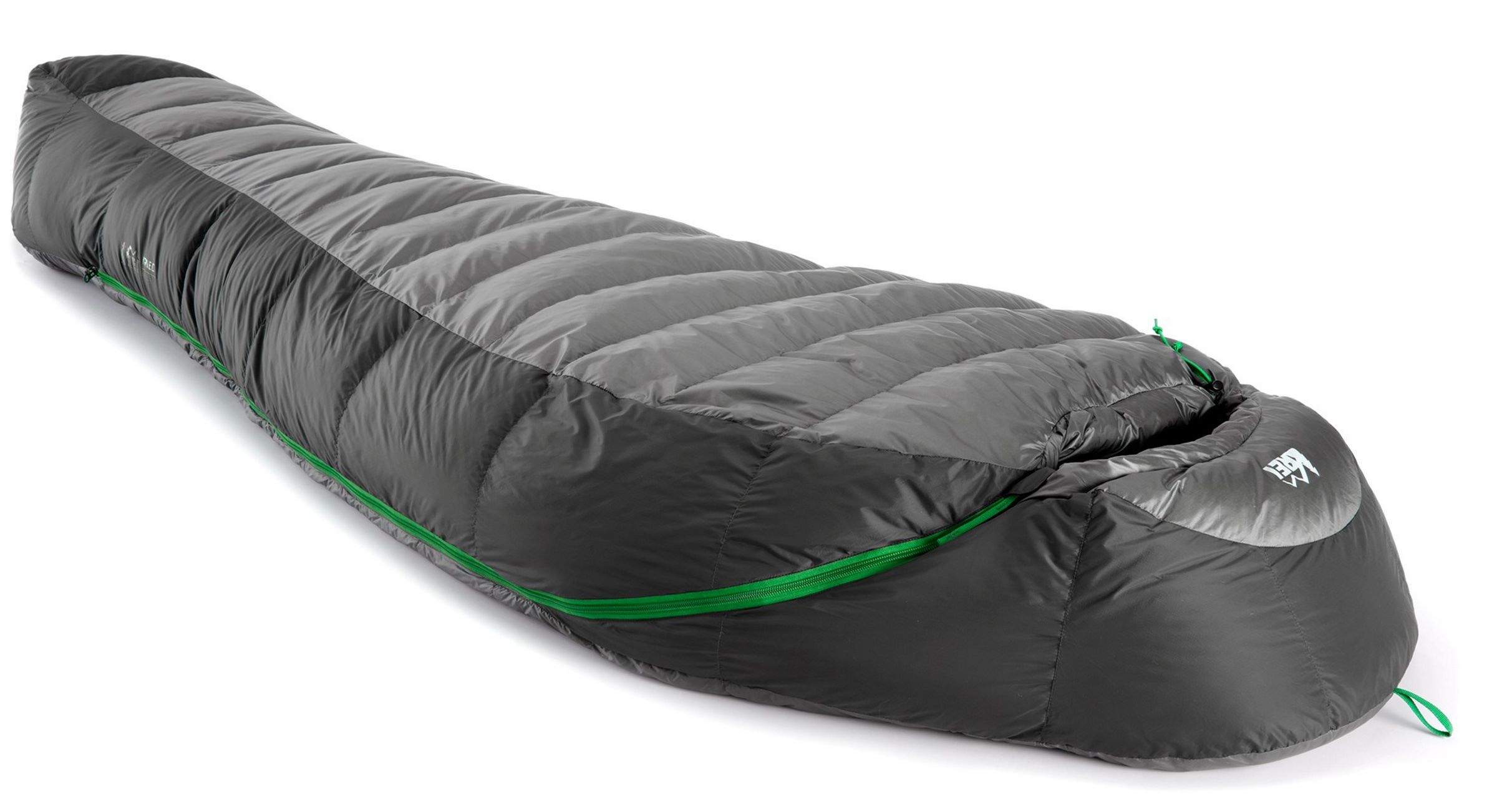
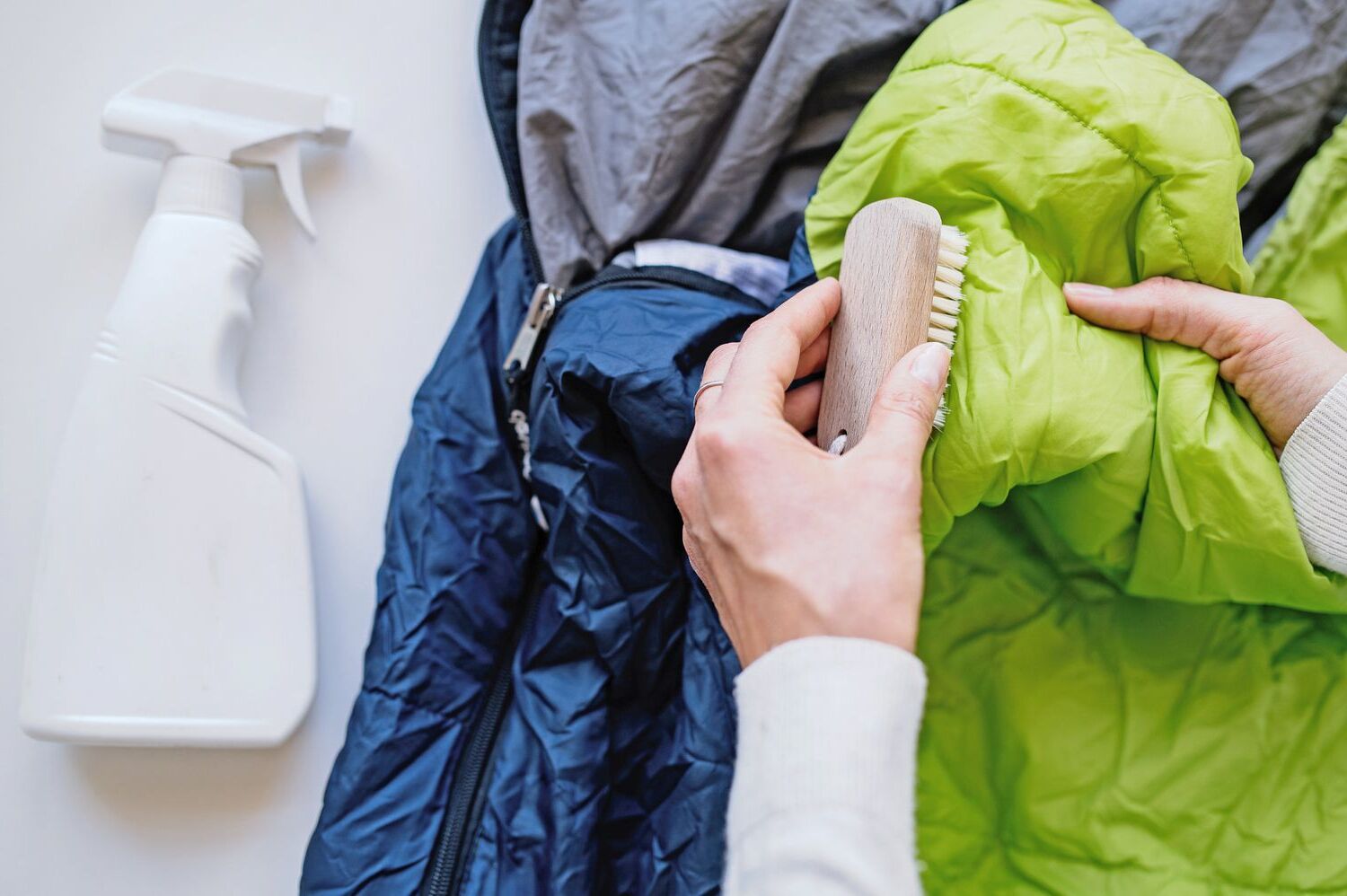

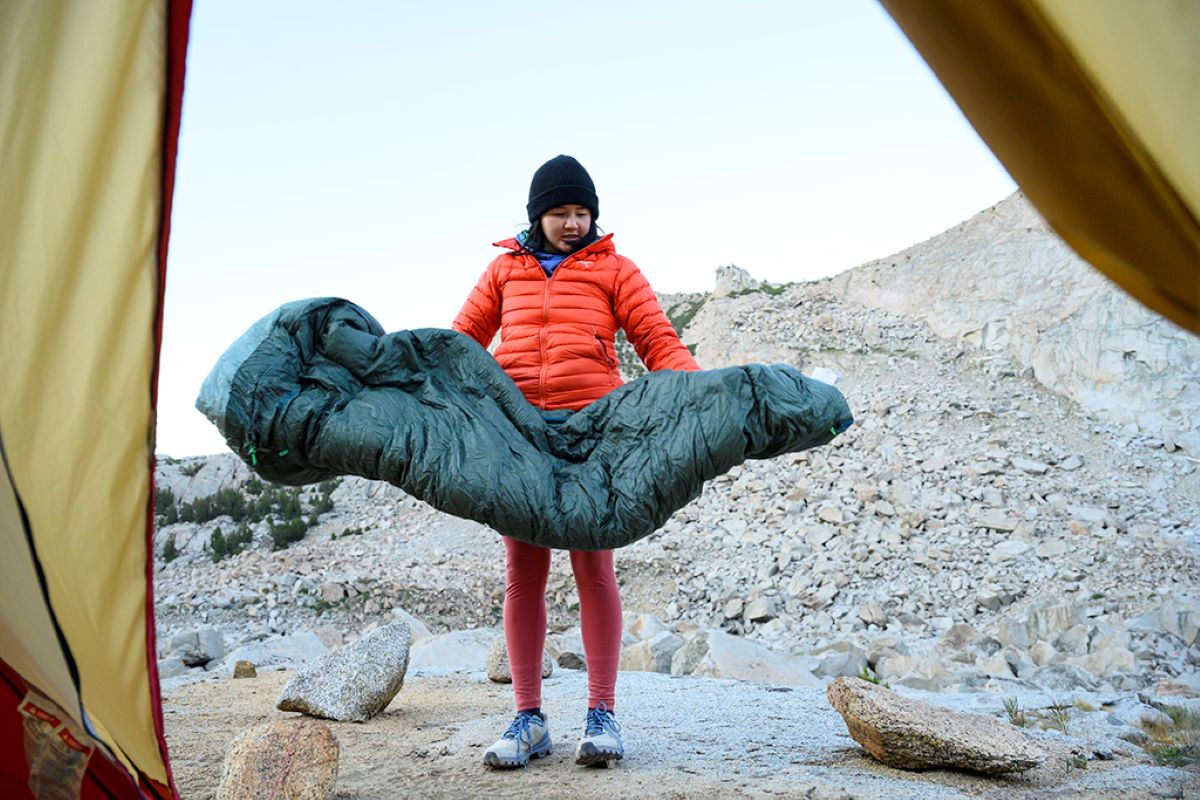

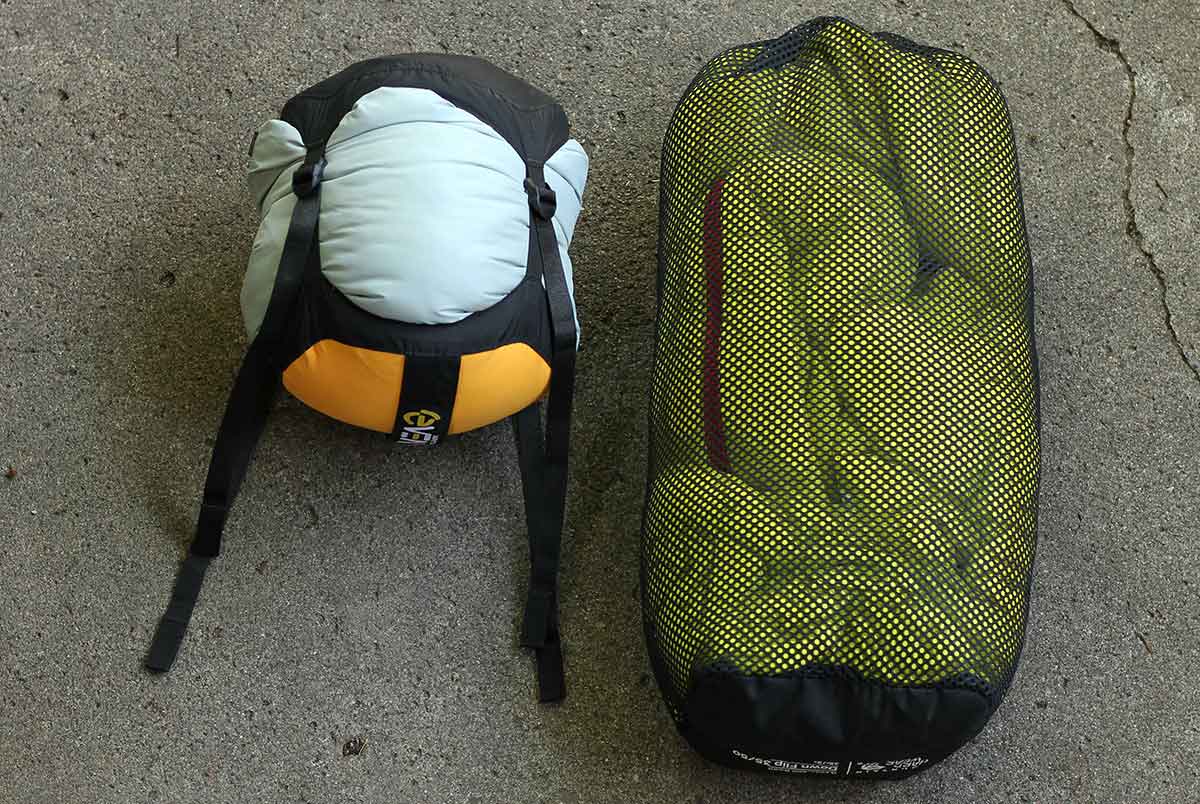



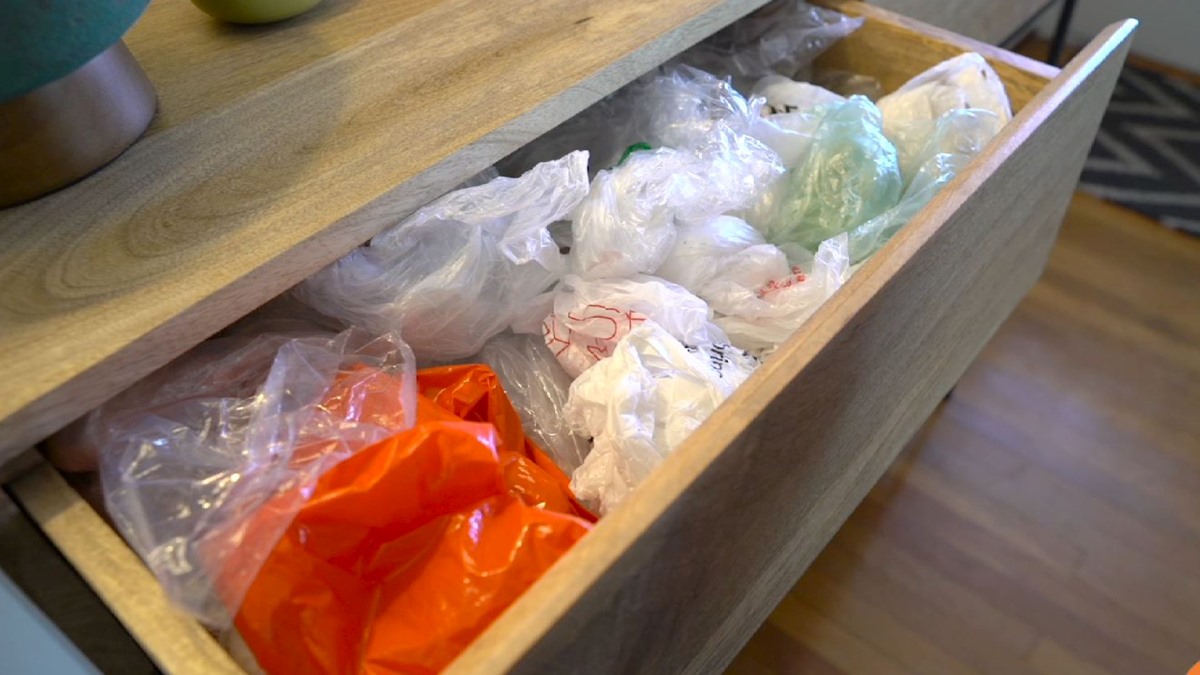
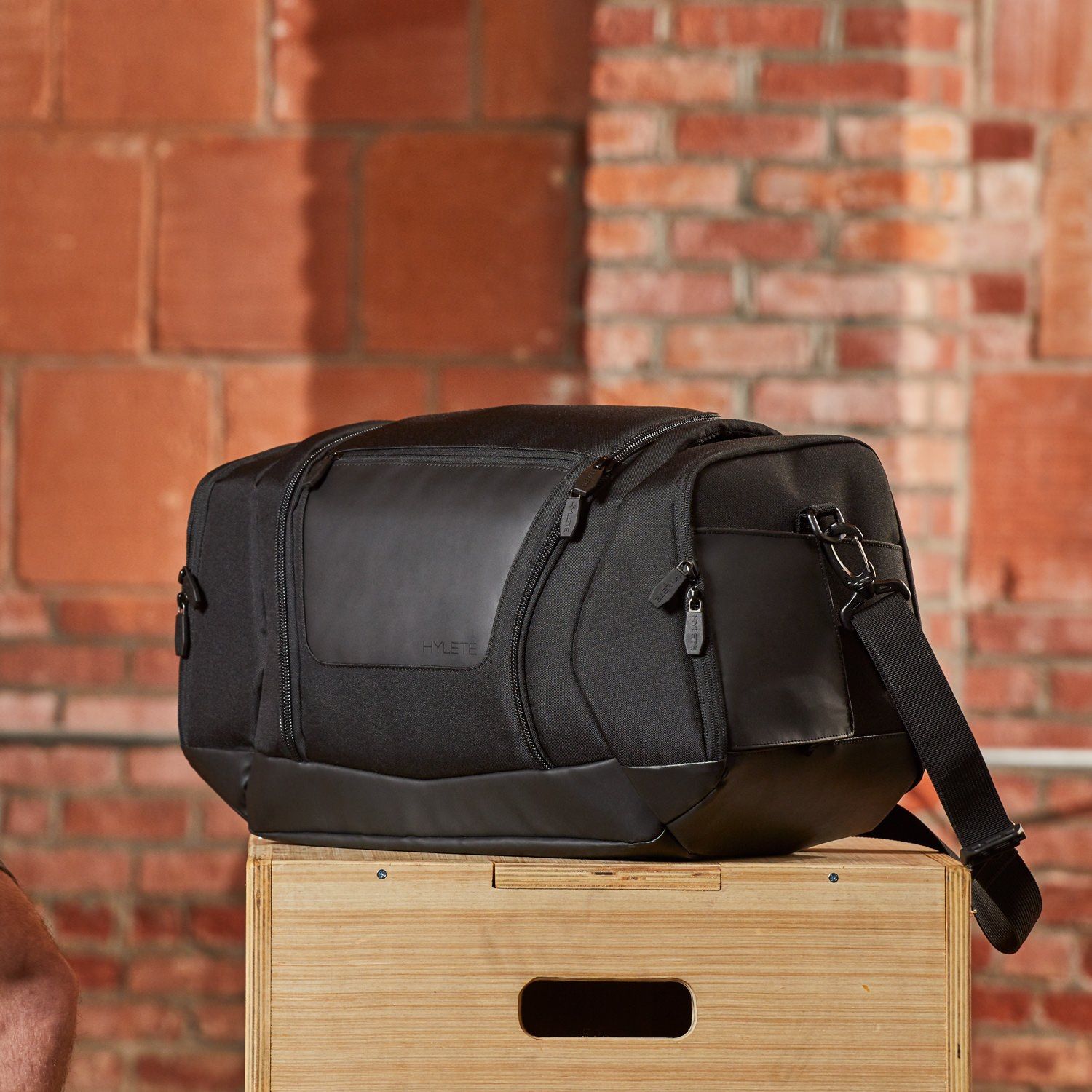



0 thoughts on “How To Store Sleeping Bags In Garage”